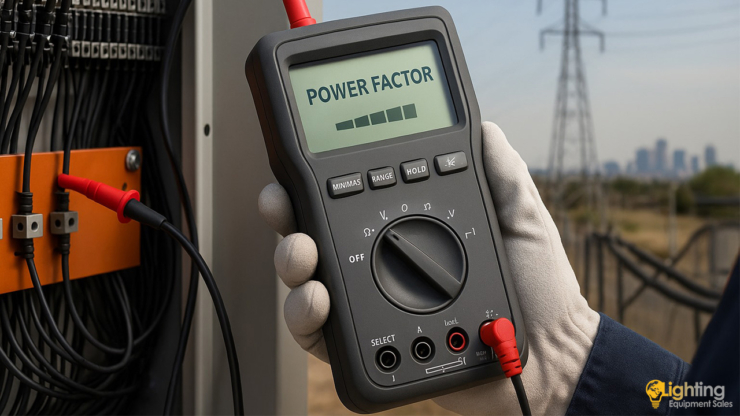
What is Power Factor
Using electrical energy efficiently is essential not only for industrial facilities but also for residential users. One of the key indicators of energy efficiency is the power factor. It reflects how effectively electrical power is being used. Power factor is usually expressed as a percentage—the lower the percentage, the less efficiently the power is being utilized.
Understanding Power Factor
Power factor is a measure of how much of the power drawn from the grid is converted into useful work by a device. In simple terms, it shows how efficiently a device is operating. Mathematically, it is defined as:
Power Factor = Real Power (kW) / Apparent Power (kVA)
- Real Power (kW): The actual power consumed and converted into work.
- Apparent Power (kVA): The total power drawn from the grid.
- Reactive Power (kVAR): Power that doesn’t perform useful work but is necessary for the system’s operation.
The closer the power factor is to 1, the more efficiently the device operates.
An Easy Analogy: A Glass of Foamy Beer
To better understand power factor, electrical engineers often use a simple analogy—a glass of beer with foam.
Imagine you have a glass filled with beer and topped with foam:
- The beer at the bottom represents the real (active) power (kW) that does useful work.
- The foam on top symbolizes the reactive power (kVAR), which doesn’t do useful work but is still required.
- The entire glass, including both beer and foam, represents the apparent power (kVA) drawn from the grid.
In this analogy, an efficient system is like a glass with less foam and more beer—more real work with less wasted energy.
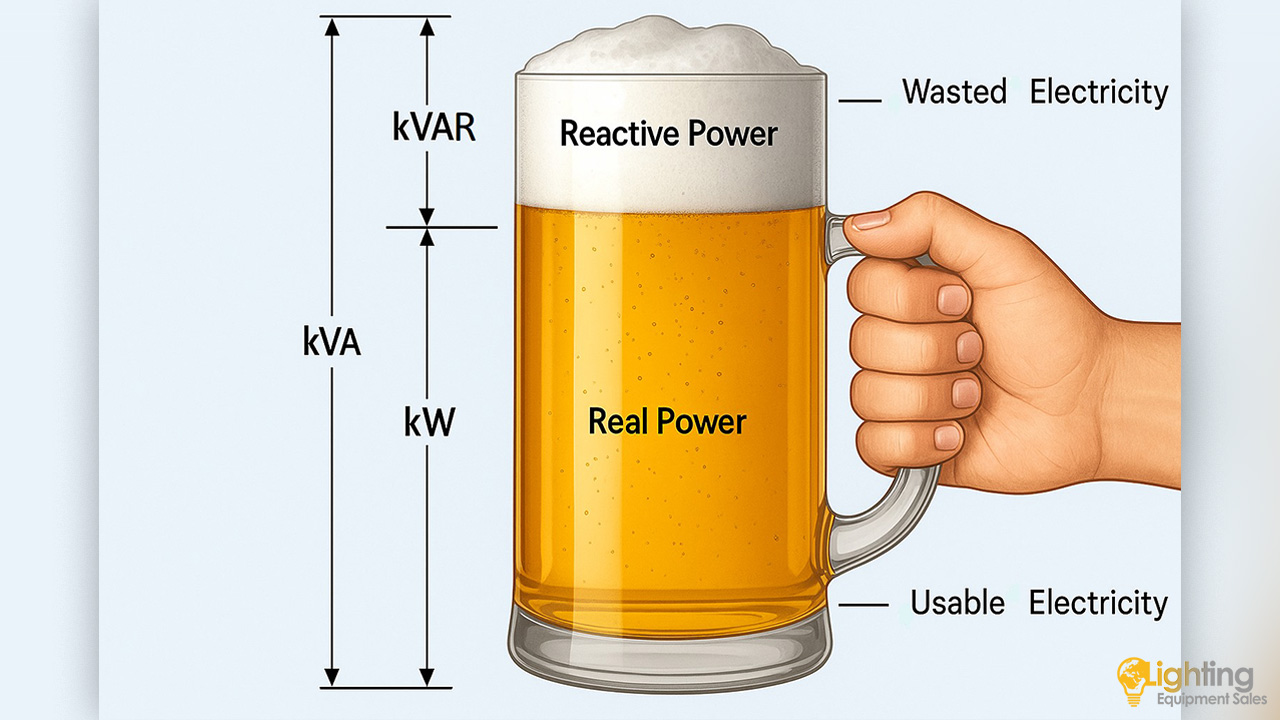
Why Is Power Factor Important?
Improves Energy Efficiency
A low power factor means more current is needed to perform the same amount of work, leading to energy waste and higher electricity bills.
Reduces Strain on Infrastructure
Low power factor causes transformers, cables, and other components to carry more current, increasing wear and maintenance costs.
Lowers Environmental Impact
Improving power factor leads to lower energy consumption, which indirectly reduces carbon emissions and environmental footprint.
Power Factor in Traffic Systems and Smart Cities
Power factor is not only important for factories or large machinery—it also plays a crucial role in urban infrastructure, such as traffic signal systems and smart city technologies. Devices like traffic lights, sensors, surveillance cameras, and controllers operate on AC (alternating current), and their efficient performance depends on a high power factor. In such systems, the expected power factor is typically above 0.90 (or 90%). A high power factor ensures reduced energy losses, longer equipment lifespan, and better overall efficiency for city-wide electrical systems.

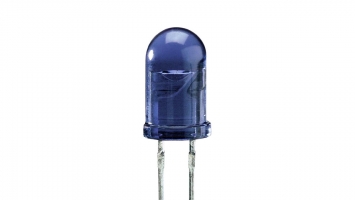
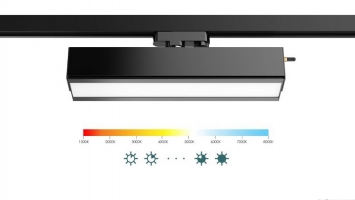
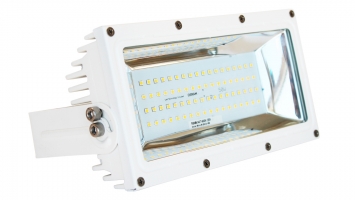
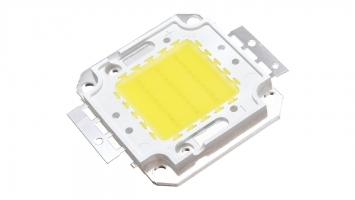


COMMENTS
MAKE A COMMENT